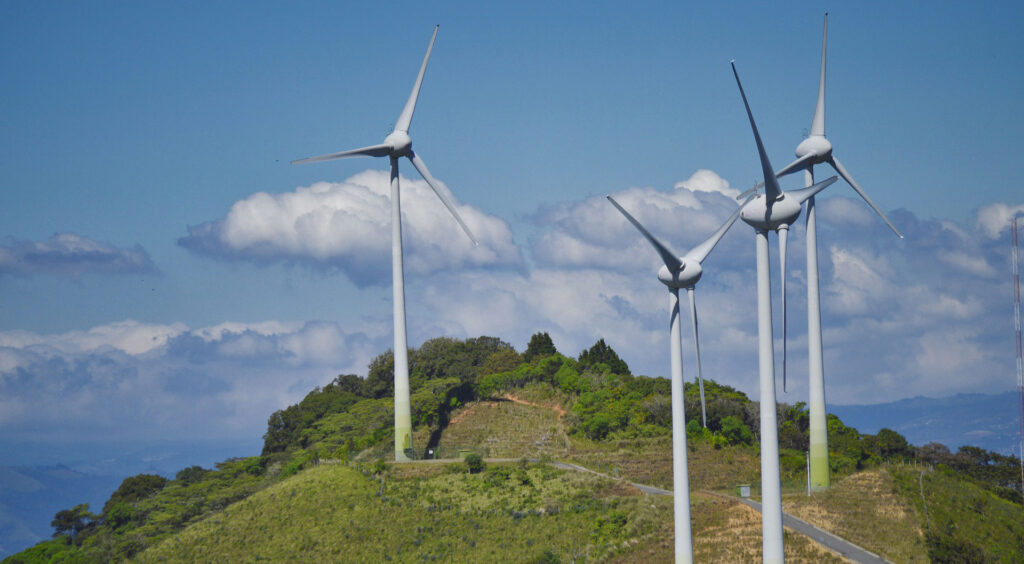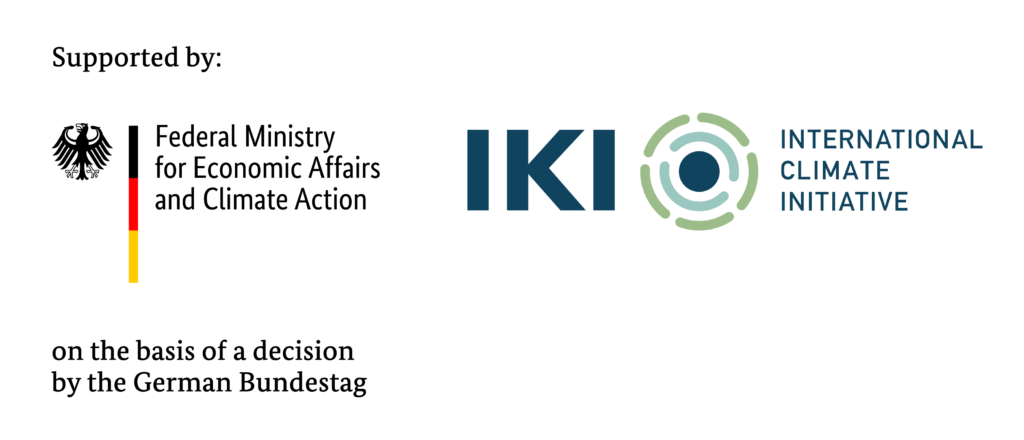Project development is a complex and time-consuming process involving numerous stakeholders. The project developer is at the center of each project and represents the driving force behind it. Developers in the broader ecosystem of infrastructure development, and specifically in sustainable infrastructure, occupy the most pivotal part of the value chain but are also the most underfunded. They face the highest risk of any of the capital providers throughout the project lifetime, and while in absolute terms the amount of capital is relatively small, many developers are in a continuous cycle of bootstrapping from one project to the next.
Typical Development process
The development process can be distinguished into early-stage and late-stage development and typically ends once financial close[1] of a project is reached. Each project is kicked-off by identifying or originating a project site. The goal during the early stages of development is for the developer to establish technical and commercial viability for the project, meaning that it generally qualifies as an investible opportunity. Workstreams during the early stages of development include verifying the resources (wind speed, irradiation, hydrology) which directly impacts the potential financial viability of the future asset and identifying potential fatal flaws. Common deal breakers for renewable energy projects are the inability to cost-efficiently evacuate electricity, protected habitats or endangered species adjacent to or directly at project sites or the inability to secure land access. Further dealbreakers can arise from political uncertainty or poorly designed electricity markets.
While the costs of early-stage development are comparatively low (~1% of the total project cost), the risks – political, economic, social, technical, environmental and legal – for developers are extremely high and constantly changing—especially in frontier markets. Most of the workstreams during the early stage of the project lifecycle can be done in-house and require limited third-party expenses, however, they do not generate any cashflow. Developers seek to heavily invest in building internal teams with the required skill sets to ramp up internal capacities to increasingly rely on in-house solutions rather than third party consultants. Nevertheless, they face liquidity challenges as projects only offer returns once they are successful which can take several years so to match operating costs to cashflows remains a major challenge.
Once the viability of the project has been confirmed and potential fatal flaws are ruled out, the risk profile of a renewable energy project improves significantly. The later-stage development focuses on the constructability and bankability of the project. Workstreams include getting the necessary permits, securing the land, procuring an environmental and social impact assessment, finalizing the technical design of the project, negotiating offtake agreements, securing the grid connection, procuring of equipment and an engineering, procurement, and construction provider as well as securing financing.
As a project nears financial close, the costs increase significantly (~4% of the total project cost) with more third parties and consultants including legal, technical, environmental and social getting involved. On top of the owner’s engineering, lender Due Diligence costs can add a significant cost burden to the project. As most workstreams are now outsourced, the developer takes the role of a project manager, synchronizing the different stakeholders. There are significant differences for development budgets in absolute terms depending on the different technologies. However, the total development budget usually equals approximately 5% of the total project cost.
Projects are in flux throughout the development process and developers need to constantly monitor and update all parts of the equation to see whether a project is still considered commercially attractive. Cost overruns, lower than expected yield or delays can turn viable projects into write-offs.
Recent trends
In recent years, energy infrastructure project development has become more complex with ever increasing requirements on the technical, legal, financial and ESG side. For instance, some markets are seeing a shift from USD-denominated feed-in-tariffs to local currency merchant offtake, adding a new layer of complexity for lenders and investors. The same is true for increasingly stricter international standards in permitting and ESG. Therefore, the need for project-specific and tailor-made consulting solutions has increased and similarly costs associated with the development of the projects. This trend increases the pressure on developers to fundraise to get new projects off the ground.
Typically, developers seek to exit projects at financial close (unless they are well capitalized) as the equity costs to carry projects from financial close become significantly higher. However, reaching financial close of a project is not a guarantee for generating revenues, as development premiums might be deferred to reaching certain milestones during construction or commercial operation date. Unless they are large or have strong financial resources/backers, most developers do not close projects annually or have a large portfolio of operating assets on which to draw consistent cash flows from leaving them with no revenues for years in some cases.
The financing gap
Without the foundational work of developers, private equity and debt providers cannot deploy capital. On the one hand private equity investors do not want to invest in early project development due to the timeline mismatch, potential broken deal costs and deferring revenues which impacts their returns significantly. On the other hand, developers which hit a certain inflection point (mature and diversified pipeline) become an extremely attractive target for private equity funds to either invest in directly or to jointly set up platforms. This solves the liquidity constraint of developers and the deployment of capital issues that funds face in emerging markets. Yet getting to that inflection point is difficult.
Developers can spend several million dollars on bringing a project to operation. In order to diversify, developers have to work on several projects at the same time, increasing the funding needs even further. On a market level, this can easily sum up to billions of dollars of development funding. However, due to a perceived mismatch from a risk-return-perspective, funding for the development phase of projects is hard to come by and expensive, leaving the financial burden to the developers. In order to satisfy their role as the powerhouse of decarbonisation, the market has to come up with more innovative ways to finance developers effectively, enabling them to develop more projects in parallel and thereby meet climate targets in developing countries.
Footnotes
[1] Financial close occurs when all the project and financing agreements have been signed, all conditions on those agreements have been met, and the developer can start drawing down the financing to start construction works on the project. This often involves senior debt financing of a private or public bank, however financial close can also refer to equity closes.











